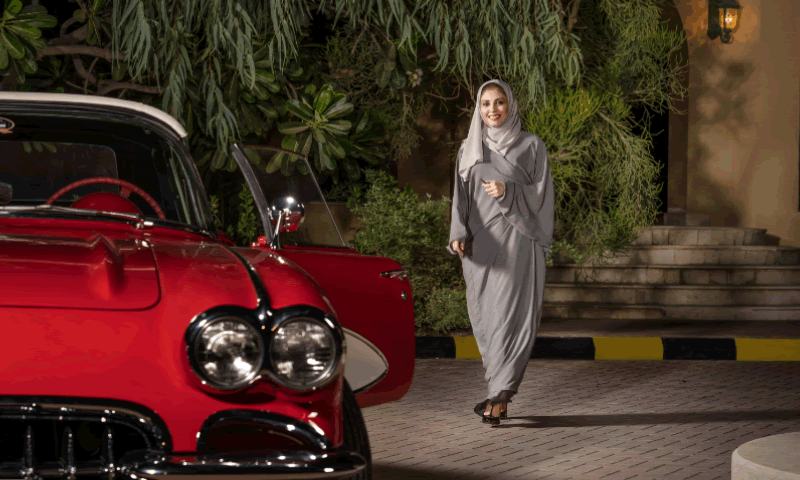
You mention that your grandfather has had an influence on your work. Could you give a little more information about how you feel he and his life has influenced your photography?
My grandfather was a man with many stories because of his many travels. He told them with vivid details that made me smell the scents and hear the noises in the cities he visited.
One of the stories he told me was about his friends destroying a Marconi radio he bought in India thinking that it was possessed by spirits, the way he described that radio stuck in my mind and made me spot it immediately years later in an antique shop.
He described trees and vegetation in remote Socotra Island that most of us only saw years later on the internet.
In recent times the art of storytelling has been lost with the rise of different technologies.
The way we tell stories changed. One such way for story telling in the time we live in now is photography.
I am like my grandfather; I travel and capture amazing stories in a single frame.
Are there any parallels between your learnings on construction, and how you approach your photography? Perhaps anything unexpected that you feel applies to both fields?
Both have the same processes.
In engineering you meet the client, brainstorm, prepare a mood board, come up with plans, execute the project than deliver.
In photography, you get your brief from the client, prepare the mood board, which decides the equipment, shoot and deliver.
The logic and attention to details is the same in both.
What kind of camera do you use, and what have you used in the past, and how have you chosen your cameras?
I started shooting with Nikon than Fuji, shifted to Sony when photography and documentary became my main Focus.
My choice is based on quality, performance and color.
Sony has vast options of lenses and camera bodies that serve different project needs.

What do you want to capture in your photography around Saudi that you want the rest of the world to see? What qualities do you think need to be appreciated about the region?
I have been away from Saudi for more than 30 years. Therefore, I travel with a blank canvas and zero expectations, discovering it and documenting it as it is. The subject in each trip takes over and tells me how it wants to be shot and how its story is to be told.
How much in advance do you plan your photo shoots?
Planning for a shoot depends on the situation. Sometimes it’s immediate if all requirements and resources are available including weather conditions if it’s outdoors. And at times, planning starts months in advance. Planning involves scouting, finding fixers, arranging permits if required and other preparations.
Do you already know exactly what you want to shoot and head to a location to do it? Or are you often taken by surprise by something and feel a need to capture it?

Both scenarios apply. I always head way earlier to a shoot in case I come across a scene that has to be captured on the way. I also take longer roads, if I’m traveling by car, to pay attention, slow down, take in the surroundings, look at them in a unique way and create an amazing story in photographs.
When I was shooting for Flower Men book, I was asked to take timeless black and white images inspired by a style that was done 40 years ago.
It took months to plan and get permits at a certain touristic location. That specific village I was supposed to shoot in, turned out to be hosting a festival which made it impossible to make the timeless black and white images. the fixer found another village that provided the perfect surroundings for the project.
I was taking a longer less travelled road in Saudi for a project and noticed the endangered Steppe eagles flying. Followed them and found them resting on a mountain side. Slowed down, parked my car and approached them slowly and captured that unusual phenomenon.
How much of your photography feels like telling a personal story and how much feels like telling the story of a region?
None of my photography is personal or telling my story. It always tells the story of the subject in front of me. I disappear behind the camera. Even in interviews with me, it’s always to explain what I do but never about me personally.
